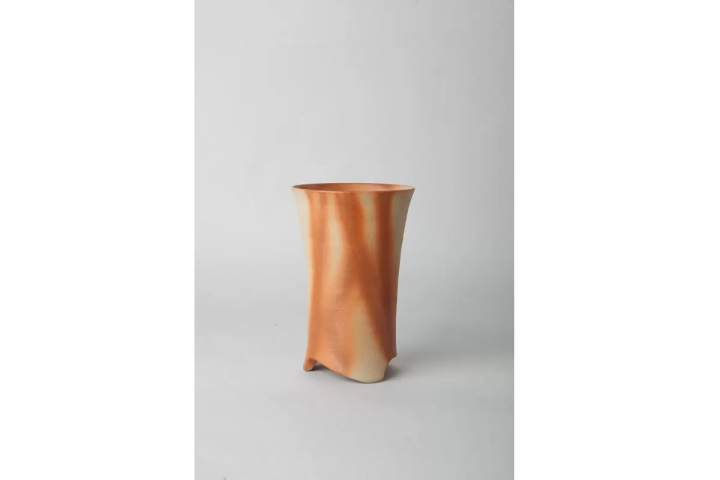Bizen Pottery is the oldest of the "Six Ancient Kilns of Japan." The Imbe district of Bizen City is a representative production area, and it is characterized by being fired at high temperatures without using glazes or painting.
2024.03.18The birth and history of Bizen Pottery

The roots of Bizen Pottery date back to the Kofun period. The manufacturing method of Sue changed and it took on its current form between the Kamakura and Momoyama periods.
Because it is hard and resistant to breakage, it was used for many tea utensils and tea ceremony pottery, and became extremely popular as an everyday item for the general public. It is still popular today, and was designated a traditional craft of Japan in 1982.
In April 2017, it was designated as a Japan Heritage Site as "Six Ancient Kilns You'll Fall in Love With - A Pottery Production Area Born and Raised in Japan."
Imbe , the birthplace of Bizen Pottery

The main production area of Bizen Pottery is the Imbe district of Bizen City , located in the southeastern part of Okayama Prefecture, where there are many kilns and pottery shops run by Bizen Pottery ware artists.
To access the Imbe area, Ako from JR Okayama Station for about 40 minutes and get off at JR Imbe Station.
Most of the potteries and Bizen Pottery related facilities are within walking distance of JR Imbe Station, so you can easily get to any of them.
Why not visit various workshops and enjoy searching for your favorite piece of pottery?
Characteristics of Bizen Pottery

Bizen Pottery is an extremely simple type of pottery, as it does not use any glaze (a chemical applied to the surface of unglazed porcelain) and is not painted.
Baked at high temperatures of 1200-1300 degrees, the patterns are created by the properties of the clay, how it is packed into the kiln, changes in the kiln temperature, and the ash and charcoal used during firing. No two pieces have the same color or pattern, which gives them a unique handmade charm, and the more you use them, the more they develop their own unique character.
Bizen Pottery's distinctive feature: kiln change
Kiln change refers to the change in color that occurs in the work inside the kiln, and when Bizen Pottery ware is fired, a unique earthen color appears. This is the turning point that brings out the charm of Bizen Pottery.
The color and pattern of the piece will change depending on where it is placed in the kiln and what the firing conditions are.
Please try to find your favorite pattern.
sesame

The split pine logs used to fire the kiln turn to ash, which adheres to the work, giving it the appearance of a sprinkled pattern of sesame seeds, hence the name "sesame." Nowadays, pieces are sometimes intentionally coated in ash before firing, just like sesame seeds. There are a variety of colors and patterns, including white and yellow.
pier

The "san" in the word "sankiri" refers to the wall of the kiln. Ash tends to accumulate on the wall, and when a work is placed there, it becomes buried in the ash. The parts that are not directly exposed to the fire become smoked, undergoing a chemical change and turning a unique gray-blue to blackish brown color.
Scarlet sash

It is called hi-dasuki because its color resembles a bright red (scarlet) sash.
This pattern is actually made from rice straw. Originally, straw was used to wrap pieces together to prevent them from sticking together when they were placed in the kiln, but it has come to be used as a pattern.
The light brown base is accented by a pattern of Aka, brown, and vermilion lines that resemble a sash, giving it an even more charming appearance.
Bizen Pottery Bizen Pottery

*Held every year on the third Sunday of October and the Saturday before
This is a major town-wide event that attracts tens of thousands of people from all over the country every year, as they can purchase works by Bizen Pottery artists at a 20% discount, as well as bargains and outlet items.
The roads around JR Imbe Station are turned into a pedestrian zone, where you can not only purchase a wide variety of Bizen Pottery, but also enjoy a variety of events such as the Fire Festival, potter's wheel dancing, and local cuisine.
The contents on this page may partially contain automatic translation.




